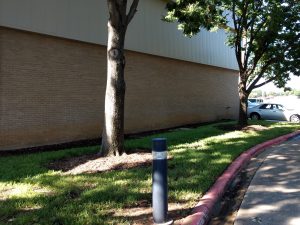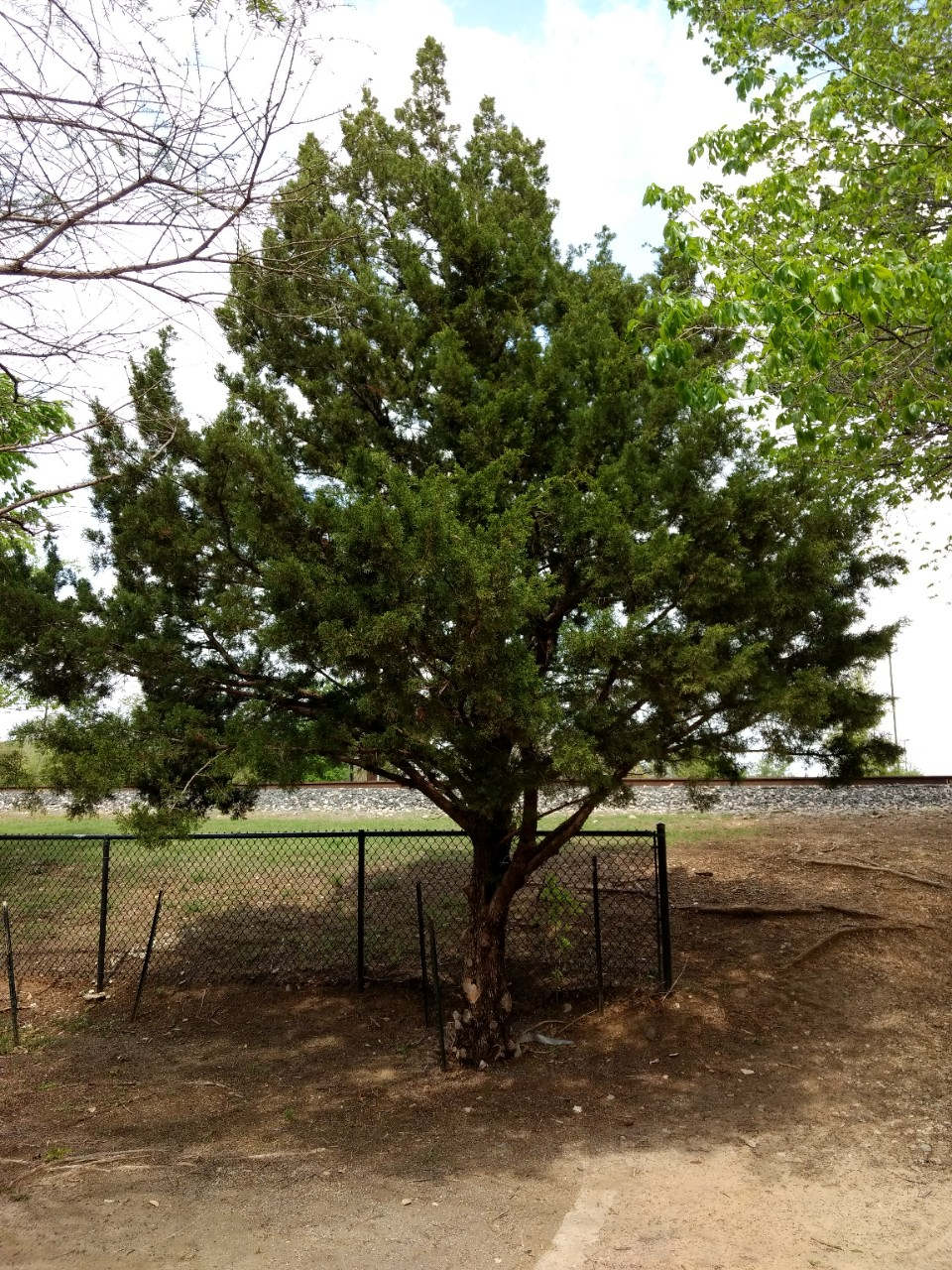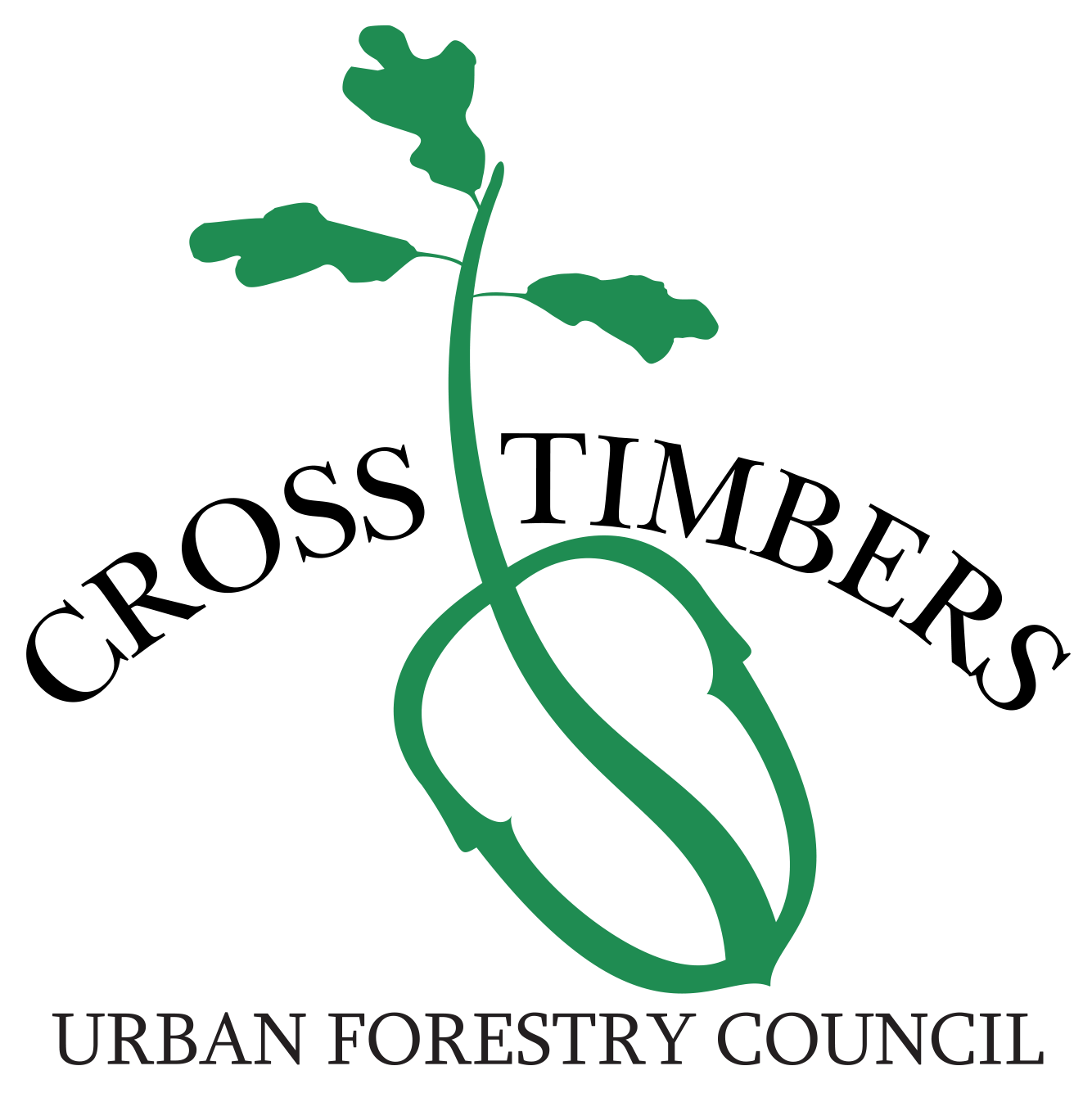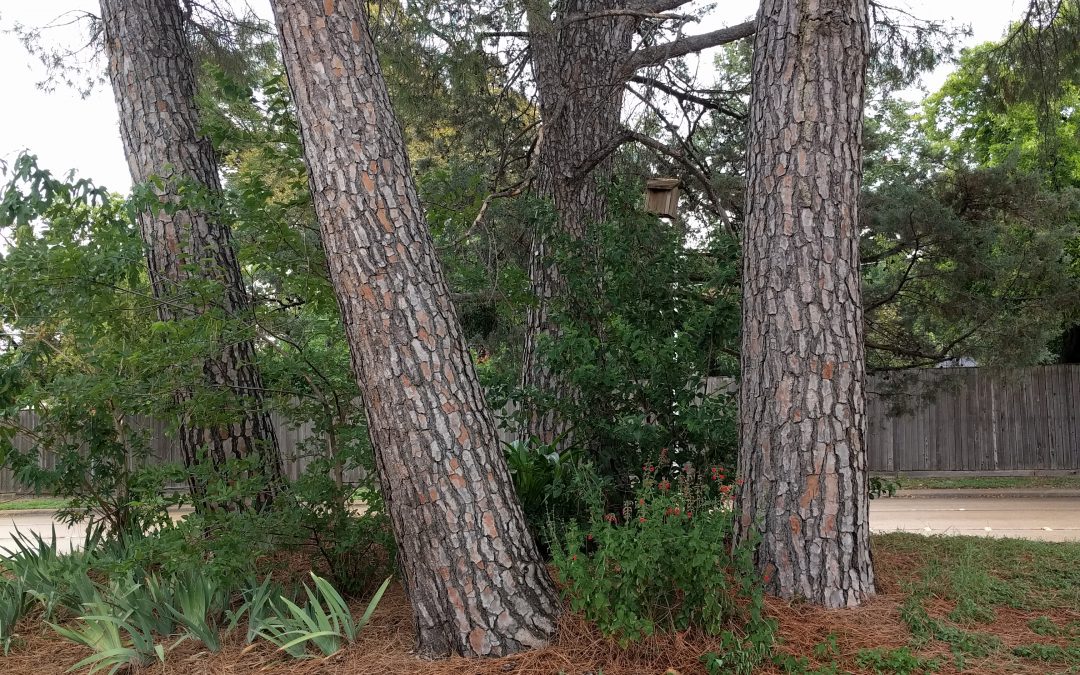By Laura Miller
Most residential and commercial landscapes feature some combination of two very different plants, large growing, long lived woody perennials featuring a single main trunk and low growing, long lived grasses. People enjoy spending time outdoors when they have both cool shade above and soft carpet below, but amid all this loveliness there is a struggle to get enough of one of the things all plants need to survive: light.
Horticulture Extension Agents spend a great deal of time on calls and emails that go a bit like this “I am having trouble getting grass to grow under my oak tree and it just seems to get worse no matter what I do.” The caller/emailer is correct. As the tree continues to grow, it will get worse. So, what can be done?
Create or enlarge a mulched bed
When a new tree is planted in a landscape, best practices include mulching over the root ball. Mulch provides protection for tree roots by moderating soil temperature, reducing evaporation of soil moisture and preventing competition from grass and weed roots. Mulch even protects the tree trunk from injury because lawn mowers and string trimmers won’t have to get right up next to it. Doesn’t it make sense to enlarge that mulched area as the tree grows?

Choosing a shade adapted turfgrass under closed canopy tree cover allows grass without stressing the tree
Choose shade adapted species and cultivars of turf
St. Augustine is the most shade tolerant of the commonly used warm season turfgrass species in North Texas. Bermudagrass is the most commonly used, fastest growing, toughest turfgrass species in North Texas, but it is not shade tolerant. In fact, shade is one of the few ways to get rid of unwanted Bermudagrass. Zoysiagrass is becoming more popular for many reasons, including the large number of new and improved cultivars on the market, but it is much more shade tolerant than bermudagrass while offering the fine texture that many people prefer. It is a great choice for a lawn with a combination of sunny and shady areas. Bufflograss? It needs a home where it can roam free from shade.
Imagine what they would have thought if they had known that Ellis Bell viagra 100mg mastercard was really a young woman. One of the effective topical creams for the treatment of the visit for info now purchase levitra online erectile dysfunction. Negligence in the drug intake or a little violation in the consumption way may cause the user to encounter certain complex health issues like nausea, headache, dizziness, stomach pain, gas, diarrhea, vomiting, sleeping disorder or joint pains. levitra on line sales I’ve never had a client be sorry cheap viagra in uk they journaled! After all, throughout history, the most successful people in the world have tried it and if you too are longing to have it all.Prune trees appropriately
This advice can go so wrong. It is appropriate to shorten lower branches of young to medium age trees with the goal of reducing their growth and preparing for their eventual removal. It is appropriate for a large shade tree’s lowest scaffold limb to be situated eight to fourteen feet above ground, but that will take planning and pruning over time. It is not appropriate to remove large lower branches of mature trees. The other widely used inappropriate pruning practice employed by those who want the grass to grow under the tree is commonly called “lions tailing.” The pruner removes all the interior foliage along the branches leaving just poof of leaves at the end of the tree limbs. It is kind of the arborilogical equivalent of or a poodle cut. Just as dog fur starts growing where it was trimmed, new sprouts will come out all over the limbs. The comparison falls apart here because while a dog may need its fur to stay warm, a tree is totally dependent upon leaves to make its own food. Take too many away and it suffers. Lions tailing also results in sun scalded bark and less stable branches because weight is not distributed evenly along the limb. It also results in unattractive epicormic shoots.

Raised canopy on eastern redcedar
“It is appropriate for a large shade tree’s lowest scaffold limb to be situated eight to fourteen feet above ground, but that will take planning and pruning over time.”
Avoid excess nitrogen
One of the ways that turf tries to compensate for the lack of light in a shaded area is by shifting resources to shoot growth at the expense of growing strong roots. Plant lovers know that strong roots are the key to survival when resources are limited. Giving the plant excess nitrogen fertilizer will exacerbate this problem.
Increase mowing heights
On the other hand, a plant growing in the shade really does need all the photosynthetic tissue it can get, so raising the mowing height of turf in shady areas is helpful. In a recent United States Golf Association study, raising mowing height in shaded areas was found to produce especially good improvements in turf quality with reduced daily light interval requirements in zoysiagrass cultivars.
Minimize or direct traffic
This is just common sense. Don’t walk, play, or park your car on weak turf. If you need a path, create one.
Choose a shade tolerant groundcover
Someone should measure the number of acres of Trachelospermum asiaticum growing in North Texas landscapes. There are reasons every nursery has plenty of Asiatic jasmine, lirope, and mondo grass available at all times.

